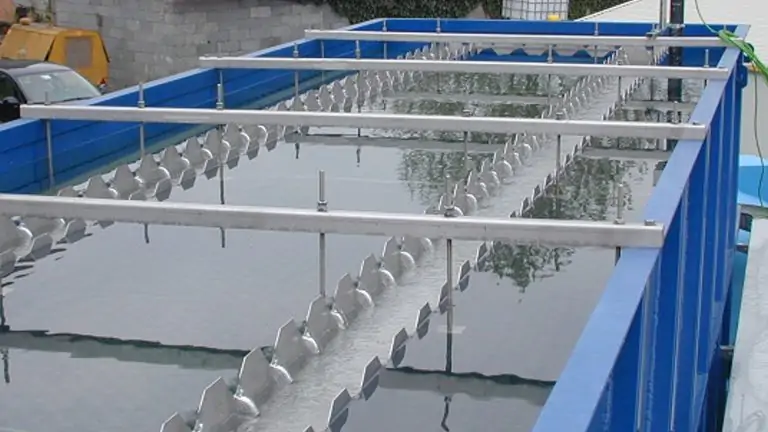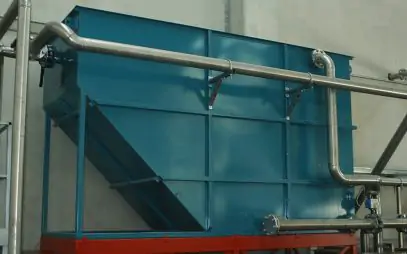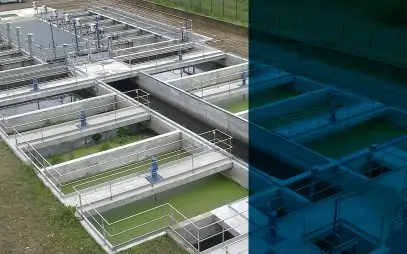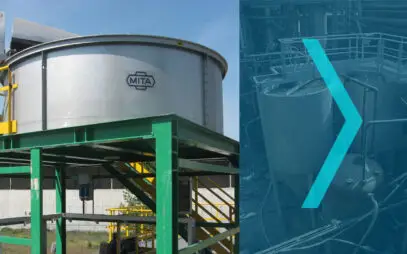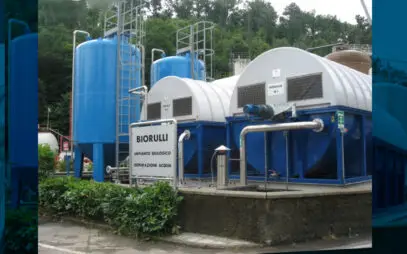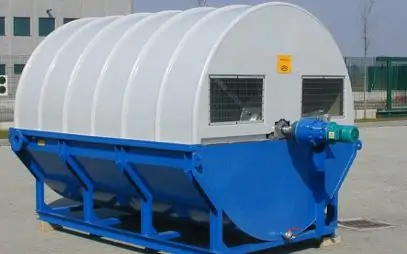1. Installation context
Effectiveness and efficiency in the wastewater de-oiling process: this is what a Swiss contractor requires in 2019 on behalf of an end user in Tanzania who needs to treat wastewater from tanker trucks in his process.
Average inlet flow rate of 6 m3/h, average grease content of 200 mgFAT/l.
2. Proposed solution
The proposed solution naturally has a technical product component and a service component.
From the technological point of view, the Swiss contractor was supplied with three OM 85-2-40 model oil separators: devices each consisting of two parallel-channeled lamella packs. The effluent passes through such a pack with gravitational motion, where oil particles tend to rise to the surface having an inner density compared to water (to accumulate in the central area of the tank). An efficient and effective solution for oil removal.
In terms of service, the MITA team has been on site continuously following the Swiss contractor and responding to his concerns.
3. Technical detail of operation
Following the de-oiling process, the output of total suspended solids (SST) is found to be less than 30 mgFAT/l, in compliance with customer requirements. With respect to the customer’s requirements, no further treatment is deemed necessary for phosphorus, BOD/COD or nitrogen.
Thus, face-to-face support for the customer is the key to success here. The support provided during the installation and start-up of the oil separators ensures proper operation of the system.
Ask for Information